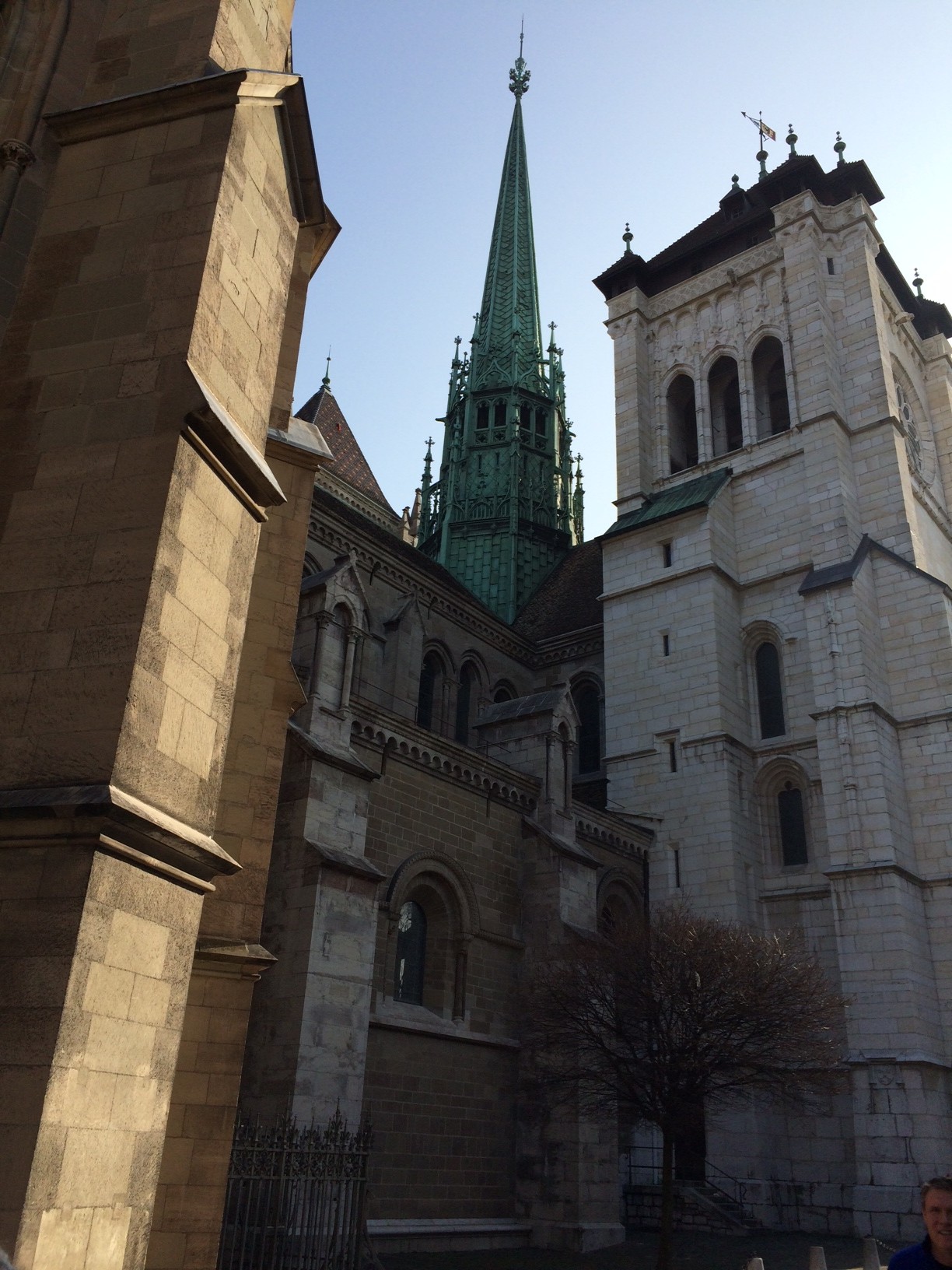I left Haneda on the 15th of March. Headed for Geneva via Helsinki, where the World Dementia Council and the Ministerial Council were to convene at the headquarters of the WHO on the 16th and the 17th. Due to some restrictions from the requirements of the National Assembly, the Minister of Health, Labour and Welfare from Japan was unable to attend, but a delegation headed by Hara Katsunori (Vice-Minister of Health, Labor and Welfare) and including people like Dr. Toba, President of the National Center for Geriatrics and Gerontology, attended.
The conference on the following day was aided by the wonderful weather as the participants successfully created an atmosphere conducive to understanding the problems at hand, and sharing the urgency reminiscent of the UK government in August 2013 regarding the issue of dementia.
The discussion at WHO centered around the initiatives being taken in middle- and low-income countries. There were also many positive reviews of the event that had been organized in Japan Legacy Event in November, and many of the participating countries showed their appreciation referring to ‘Japan, Japan’. This left a strong impression on me as the first day drew to a close.
At the conference hall, the WDC distributed copies of the report that summarized their activities.
On the first night, we attended a reception organized by the British Embassy. Jeremy Hunt, the British Secretary of State for Health, was also attending. As I greeted him, he remarked that he had heard that there were over 4 million ‘Dementia Friends’ in Japan. I conveyed to him that the actual number was closer to 5.6 million, which was almost 5% of the total population of Japan.
The next day the director-general of WHO, Margaret Chan greeted the congregation, followed by Minister Hunt, representing the UK which was spearheading this initiative. He mentioned tin his speech the figure that I had mentioned to him yesterday, saying that ‘In Japan, we have nearly 5% of the population participating as Dementia Friends…’. Even discounting the fact that Katsunori Hara had presented earlier in the day, the initiatives taken by Japan were repeatedly highlighted, and the delegation from Japan were excited about the interest that they had garnered.
After the conference had concluded, we paid a visit to the headquarters of the Japanese Mission in Geneva, meeting with Ambassador Otabe and Ambassador Kaji (in Japanese), before returning to WHO to meet with Dr. Nakatani, who had been shouldering the responsibility of Assistant Director General for almost 8 years. We listened to him talking about the various activities and the administrative challenges. We go back a long way since his time at the MHLW.
Later, the 10 members of the Japanese delegation got together and discussed the achievements of the past two days over dinner.
My flight the next day was in the afternoon, and so I spent my time at St. Pierre Cathedral, which is famous as the adopted church of John Calvin, the famous theologian involved in the Protestant Reformation. I was able to see some very interesting historical documents and testimonies.
Recently, I have had the opportunity to refer to incunabula in my talks, and the displayed information about the printing of the Gutenberg Bible and the ensuing reformation in Christianity held a special interest for me.













